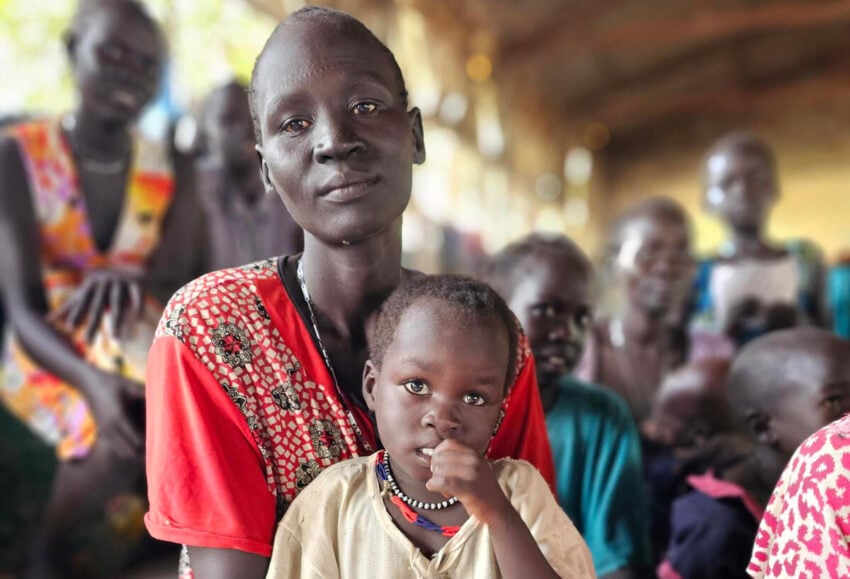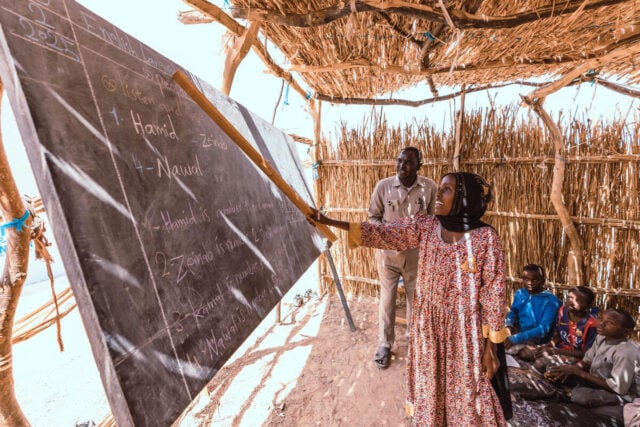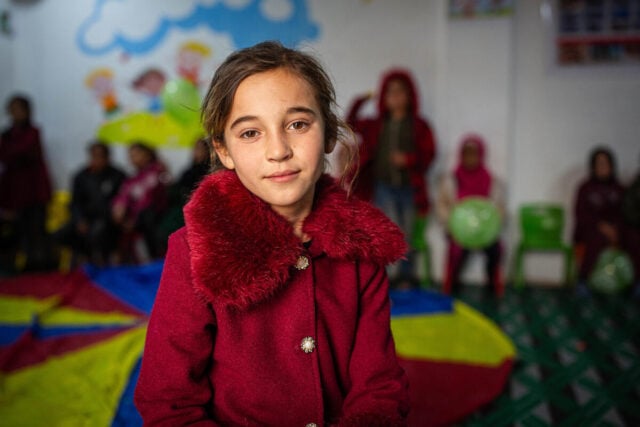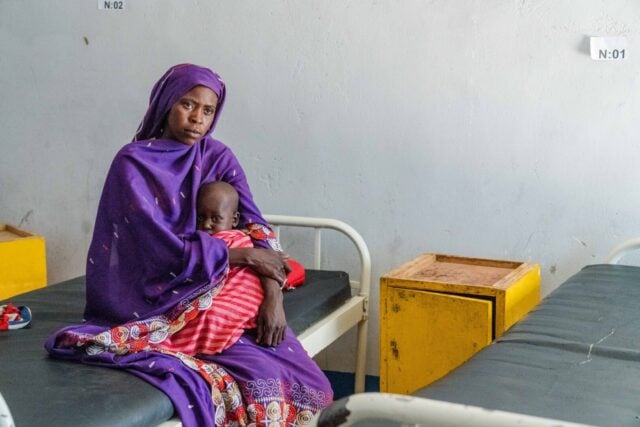Since gaining independence in 2011, South Sudan has experienced a complex humanitarian crisis, with children bearing the heaviest burden. Conflict, natural disasters, and poverty have driven a hunger emergency, while a deadly cholera outbreak has sickened over 80,000 people. Families are facing rising food insecurity in parts of the Upper Nile state, and children are at greatest risk of malnutrition, disease, and displacement.
Adding to this crisis, the conflict in neighboring Sudan has forced hundreds of thousands of refugees and returnees into South Sudan since May 2023.
South Sudan crisis: Facts, FAQs, and how to help
Explore facts, and frequently asked questions about the South Sudan crisis, and learn how you can help impacted communities.
- Fast facts: South Sudan crisis
- What is the current humanitarian situation in South Sudan?
- How is the South Sudan crisis affecting children?
- What is World Vision doing to help impacted families in South Sudan?
- Where is World Vision working in South Sudan?
- How can I help the children and families affected by the crisis in South Sudan?
Fast facts: South Sudan crisis
- South Sudan became the world’s youngest nation and Africa’s 54th country on July 9, 2011.
- Conflicts in 2013 and 2016 undermined early progress, worsening humanitarian needs, according to the World Bank.
- Four consecutive years of record flooding destroyed livelihoods, killed livestock, and displaced families, have contributed to the hunger crisis.
- An estimated 7.7 million people were projected to face crisis-level food insecurity between April and July 2025. Of those, an estimated 2.3 million are children under 5.
- A widespread cholera outbreak that began in late 2024 has spread across 17 of 18 states, killing more than 700 people.
- The war in Sudan has displaced hundreds of thousands of people into South Sudan, compounding hunger and health emergencies.
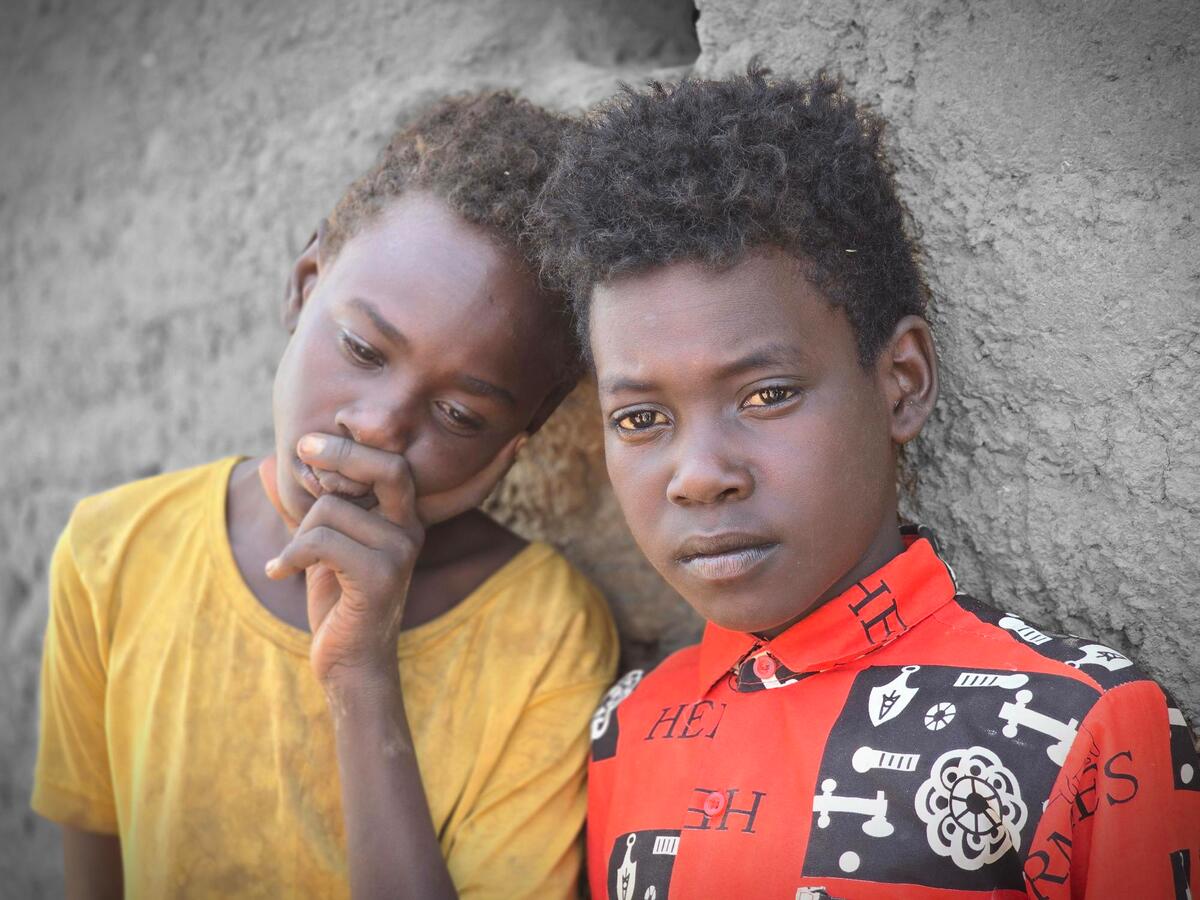
What is the current humanitarian situation in South Sudan?
South Sudan is facing overlapping emergencies that are pushing millions of people to the brink of survival. Women and children bear the greatest burden of violence, displacement, disease outbreaks, and food insecurity.
- Cholera emergency: Since late 2024 and accelerating in 2025, cholera has spread across multiple states, especially in flood-affected and displacement sites.
- Conflict spillover: The war in Sudan has significantly aggravated South Sudan’s humanitarian crisis, triggering a wave of refugees and returning citizens seeking safety within South Sudan’s borders.
- Extreme weather: Successive years of severe drought, followed by floods, have resulted in loss of lives, crops, and livestock, deepening hunger and displacement.
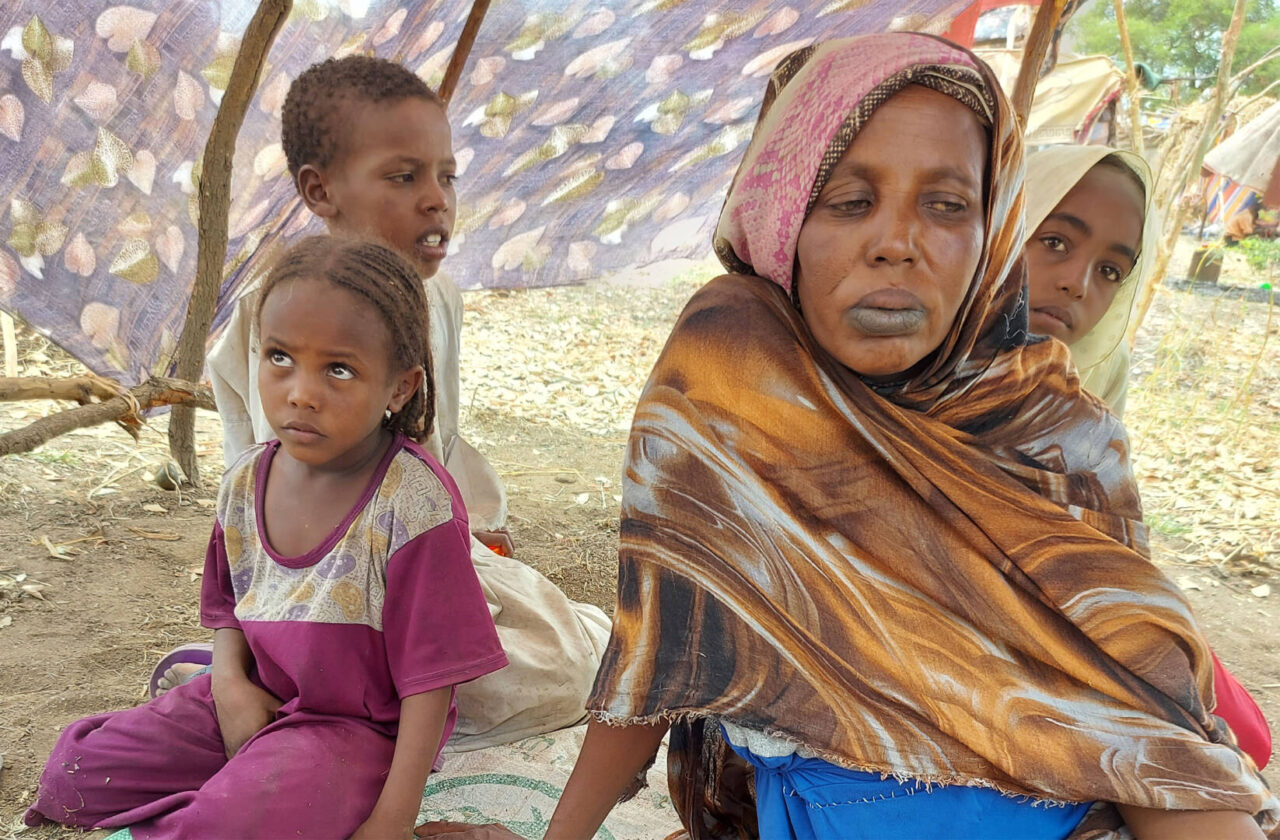
How is the South Sudan crisis affecting children?
Children are most vulnerable in this crisis:
- Over 2 million children under 5 have been at risk of acute malnutrition, including severe wasting, in 2025.
- Cholera, malaria, and other preventable diseases spread quickly in crowded displacement camps.
- Conflict and repeated displacement keep children out of school, disrupting their stability and safety.
- Some children are exposed to recruitment by armed groups, while others face continued displacement and loss, or early marriage, as families struggle to survive.
What is World Vision doing to help impacted families in South Sudan?
World Vision has been serving in the area that is present-day South Sudan since 1989, standing alongside children and families through decades of conflict, hunger, and displacement. Today, our staff there are leading the South Sudan humanitarian response, providing lifesaving aid and long-term recovery assistance.
In 2024, World Vision reached more than 3.1 million people, including 2.6 million vulnerable children, with emergency food assistance, clean water, health and nutrition services, safe sanitation, shelter, education, and child protection.
Our response includes:
- Delivering emergency food aid and food security programs to fight hunger and malnutrition.
- Supplying access to clean water, sanitation, and hygiene (WASH) services to prevent the spread of disease.
- Supporting health and nutrition programs for mothers and children.
- Strengthening protection and peacebuilding programs to safeguard children and empower communities.
World Vision remains steadfast in our commitment to the people of South Sudan, aiming to improve the lives of 3 million children by the end of 2025.
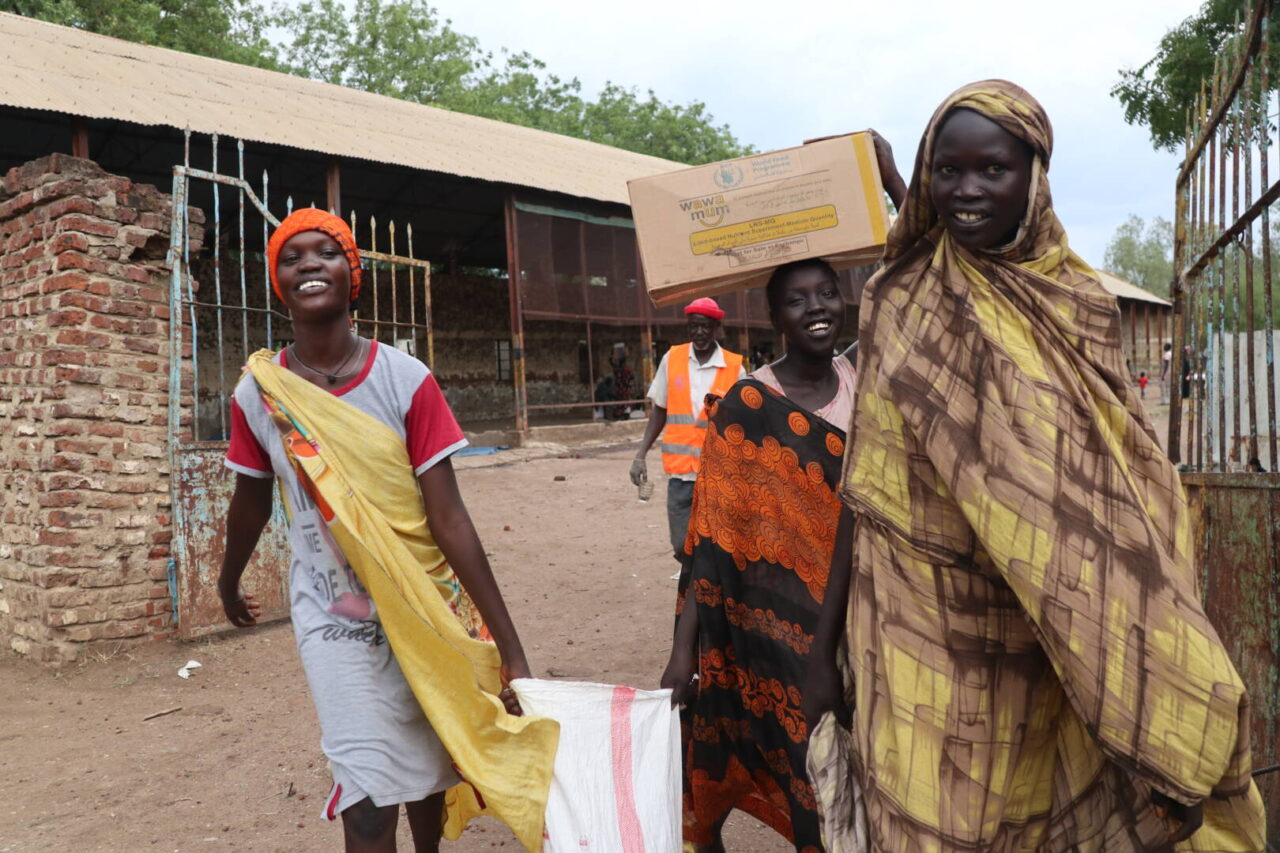
Where is World Vision working in South Sudan?
World Vision has a direct presence in 27 counties across South Sudan and, through partners, an additional 22 counties that cover the country’s most impoverished and crisis-affected regions.
We are also supporting refugees and returnees from the Sudan crisis, particularly in Upper Nile and Greater Bahr El Ghazal, including border areas. By working with donors, local organizations, and communities, we help families meet their urgent needs while building resilience against future shocks such as flooding, conflict, displacement, and economic crisis.
